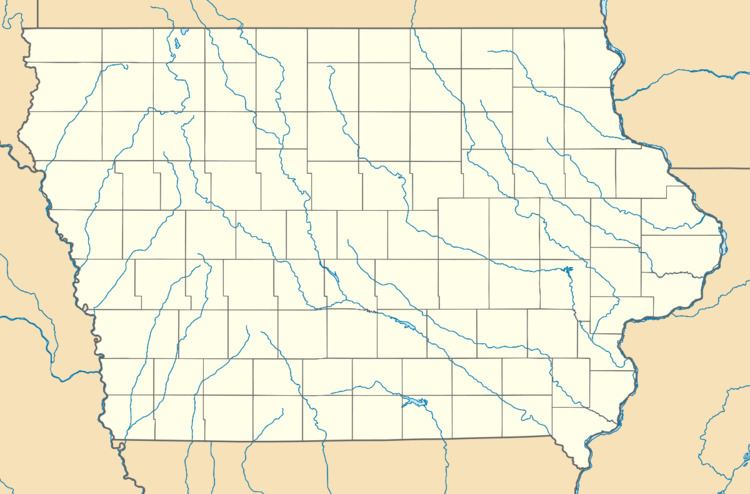Built 1917 NRHP Reference # 85002825 Area 8,000 m² | MPS Davenport MRA Opened 1917 Added to NRHP 14 November 1985 | |
 | ||
Similar Walnut Grove Pioneer V, Lock and Dam No 15, Davenport Skybridge, Lock and Dam No 14, Crescent Rail Bridge | ||
The Chicago, Milwaukee, St. Paul and Pacific Freight House, known locally as The Freight House, is a historic building in Downtown Davenport, Iowa, United States. It was listed on the National Register of Historic Places in 1985.
Contents
History
The Freight House was built by the Chicago, Milwaukee, St. Paul and Pacific Railroad (The Milwaukee Road) in 1917 in response to the increased freight traffic in Davenport before the country entered World War I. It was built on the levee near the Mississippi River. The railroad built the Crescent Rail Bridge with the Chicago, Burlington and Quincy Railroad to the west in 1901, and they joined in building Union Station across Ripley Street in 1924. Railroad freight factored in the development of the city's wholesale and retail commercial economy from the 1890s onward. Because of Davenport's location railroad freight could be charged favorable eastern rates while western rates could also be accessed. This gave the city an advantage over instate communities.
The freight house was placed on the National Register of Historic Places due to its association with the commercial development of Davenport, Iowa. After being renovated in the 1990s, The Freight House has seen a variety of uses, such as a comedy club, sports bar, piano bar, and restaurant. Currently, the freight house is home to several small businesses featuring locally grown items, such as a deli, a grocery hub, and a tap room for a local brewery.
Architecture
The building is rectangular in shape and built of brick with concrete floors and columns. The eastern end is two stories and held the offices. The west end held the warehouse storage space in a single story. The facility was located between the rail siding and thoroughfare where cargo could be easily transferred from one transportation system to another.
